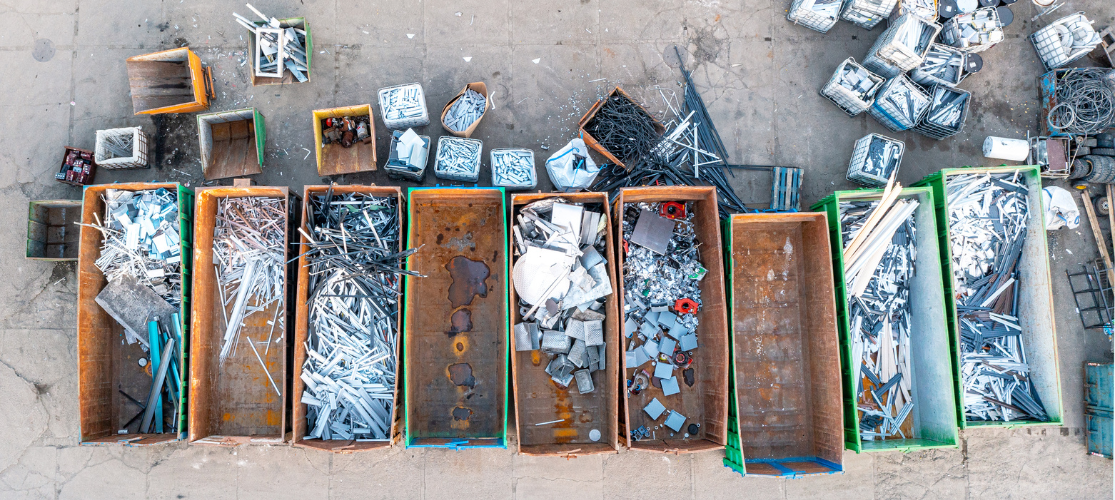Whether you have hired one yourself or just walked past one on your daily commute, most of us have come across a skip more than once in our lives. But have you ever stopped and thought about the invention of the humble skip? Interesting question, we know, but for such an everyday item, skips have quite the origin story.
Who invented the skip?
The history of the skip can be dated back to 1922 and the creation of the Pagefield System, thanks to Mr Edwin Walker. The early ‘skip’ was a horse drawn refuse cart. These worked well to remove household waste, however they were less suited to travelling the distance between residential areas and the dump. The Pagefield System was born when Edwin Walker, an employee at Pagefield Lorry Manufacturer, met with Southport’s borough engineer. The system enabled the 300 cubic ft horse drawn containers to be winched up onto a Pagefield lorry once they were full, and they could be taken to the nearest dump on the lorry. This meant that the growing distances between residential areas and dumps were no longer an issue.
The Pagefield System was further built upon in 1926, by Harry Shelvoke and James Drewry, with the invention of ‘The Freighter’ – a small wheeled petrol engine truck. The Freighter was initially seen as a general purpose lorry, and it was an immediate success, thanks to the ease of driving the vehicle at a time where the ability to drive wasn’t widespread.
The evolution of the modern day Skip
The invention of the modern-day skip can be credited to the Dempster brothers in the 1930s, with the creation of their ‘Dempster Dumpster’, and the Brooks brothers in 1940. The system of mechanically emptying metal containers was patented by Dempster Brothers Inc in 1937, and the Books brothers’ ‘Load Lugger’, featuring the hydraulic arm that we still see on skips today, was pioneered in 1940.
It was the 1960s before the first metal skips were imported from Germany to the UK. They were the safest way of collecting construction waste, and were able to be hired by members of the public too. Where today you can hire skips of different sizes, in the 60s, they were all 5-6 cubic yards.
A rule, introduced in the 1970s, stated that all skips had to be yellow, so that they were visible at night. Since then, this rule has been relaxed, but the implementation of lights and other safety measures have taken its place.
Why are skips called skips?
There are a few reasons behind the name ‘skip’, depending on who you ask. There are two main origins behind the name, both from the Late Old English word ‘sceppe’, which means ‘basket’. These are beekeeping and coal mining. Traditionally, beehives were often made out of straw or wicker baskets, known as ‘skeps’. Similarly, during the Industrial Revolution, coal was mined and measured using baskets, also called ‘skeps’. Over time, probably due to mispronunciation, this morphed into the word ‘skip’. The word ‘skip’ is still used to describe coal mining carts.
Skips now come in all shapes and sizes
The average size of a skip has increased from 2 cubic yards in the 1930s, to 6 cubic yards in the 1960s. You can now get a skip as big as 50 yards, depending on the requirements. To hire a skip, please visit our Skip Hire page or give us a call on: 01225 753333


